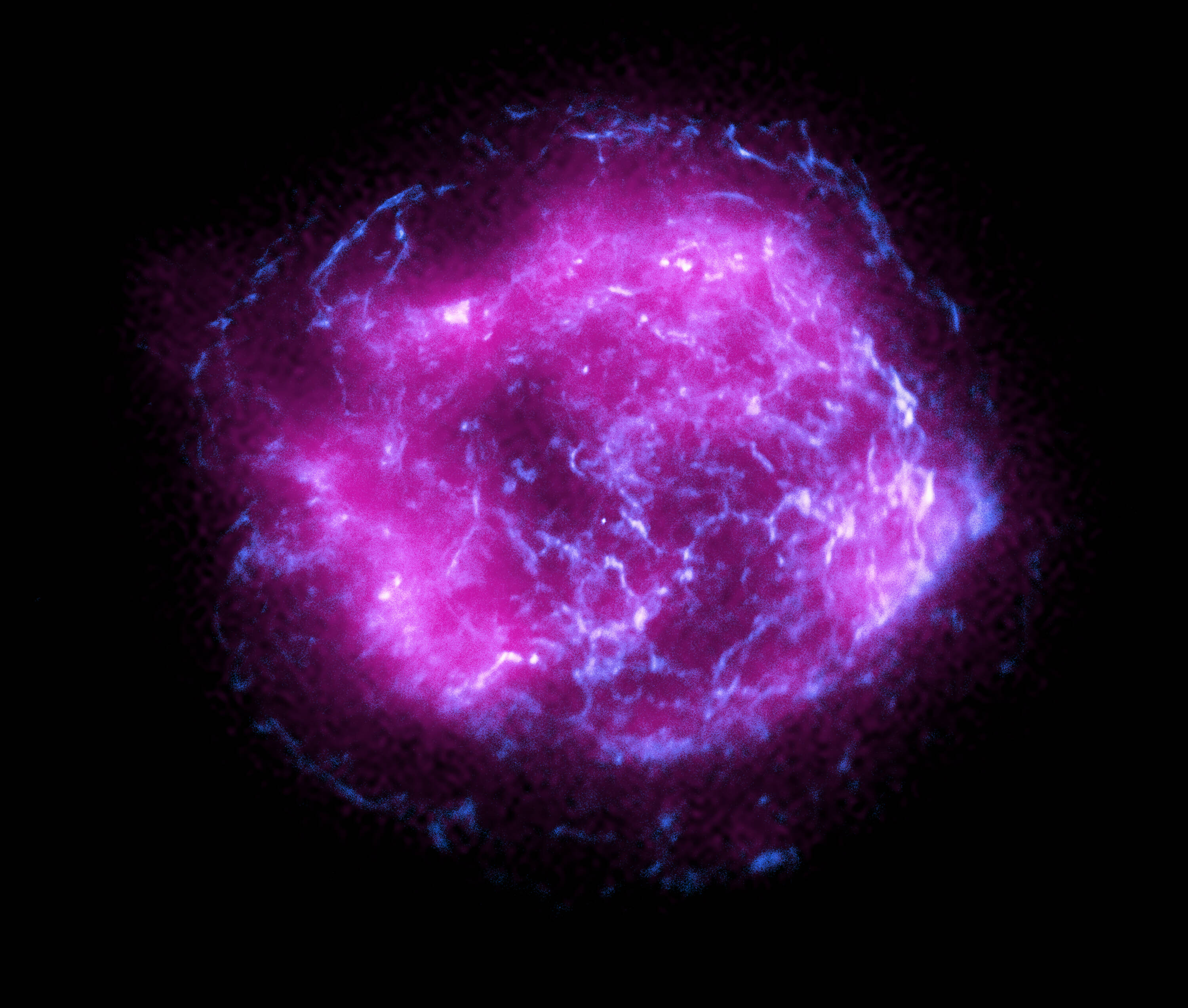The black hole at the center of the Milky Way 'woke up' two centuries ago, new NASA observations reveal.

For centuries, the supermassive black hole at the heart of the Milky Way, known as Sagittarius A* (Sgr A*), has remained silent, with no visible signs of significant activity. However, new observations from NASA’s Imaging X-ray Polarimetry Explorer (IXPE) telescope reveal that this behemoth briefly woke up about 200 years ago, emitting a powerful burst of X-rays that lit up its surroundings before going back to sleep.
The results of the study, recently published in the journal Nature, offer a unique look at the recent history of the closest black hole to Earth, located more than 25,000 light-years away in the constellation of Sagittarius. Sgr A* is estimated to have a mass millions of times that of the Sun, although its current brightness is dim compared to black holes in other active galaxies.
Sagittarius A*, the sleeping heart of the Milky Way, had a fleeting awakening two centuries ago. Photo: NASA
The key to the discovery lies in the unexpected brightness of gigantic molecular clouds located near the black hole. In theory, these cold, dark clouds should emit very weak X-ray signals. However, the instruments detected intense emissions, as if something had illuminated them from the past.
“One of the scenarios to explain why these giant molecular clouds are brightening is that they are in fact echoing a long-vanished flash of X-ray light,” explained Frédéric Marin, an astronomer at the Astronomical Observatory of Strasbourg in France and lead author of the study. “This indicates that our supermassive black hole wasn’t so dormant a few centuries ago.”
IXPE, designed to measure the polarization of X-ray light, allowed scientists to determine the direction and strength of the electric field of light waves emanating from these clouds. Observations were made in February and March 2022 and then combined with data from NASA and the European Space Agency's Chandra and XMM-Newton observatories.

NASA monitors space from the IXPE. Photo: EPA/(NASA/Joel Kowsky)
“The polarization angle acts like a compass, pointing us toward the mysterious, long-lost source of illumination,” explained Riccardo Ferrazzoli, an astrophysicist at Italy’s National Institute for Astrophysics. “And what’s in that direction? None other than Sgr A*.”
The data confirmed that the light detected in the clouds is the reflection of a brief, intense eruption originating from the black hole—or its immediate vicinity—possibly when it suddenly consumed a large amount of cosmic gas or dust.
A recent eruption in cosmic times According to the team's estimates, the explosion occurred about 200 Earth years ago, or at the beginning of the 19th century. In astronomical terms, this is a very recent event, offering a unique opportunity to study how black holes alternate between periods of calm and activity.
IXPE project scientist Steven Ehlert explained that the mission plans to repeat the observations to reduce measurement uncertainties and improve estimates of the event's intensity and duration. This data will also help map the three-dimensional distribution of the molecular clouds surrounding the black hole.
“IXPE is playing a key role in helping us better understand the timescale on which the black hole at the center of our Galaxy is changing,” Ehlert said. “We know that change can occur in active galaxies and supermassive black holes on a human timescale. We are learning more about their behavior over time and their outburst history.”

An international team of astronomers has detected signs of a Sagittarius A* flare. Photo: NASA/CXC/SAO/IXPE
The IXPE project is a collaboration between NASA and the Italian Space Agency, with the participation of scientists from 12 countries. The mission is managed by NASA's Marshall Space Flight Center, while Ball Aerospace in Colorado operates the spacecraft in conjunction with the Laboratory for Atmospheric and Space Physics at the University of Colorado at Boulder.
Thanks to this international cooperation, science has gained a glimpse—literally—into our galaxy's past. What was once a dark, silent spot now reveals traces of intense recent activity. Sagittarius A*, the slumbering heart of the Milky Way, had a fleeting awakening just two centuries ago, reminding us that even the giants of the cosmos can stir in the blink of a stellar eye.
Environment and Health Journalist
eltiempo




